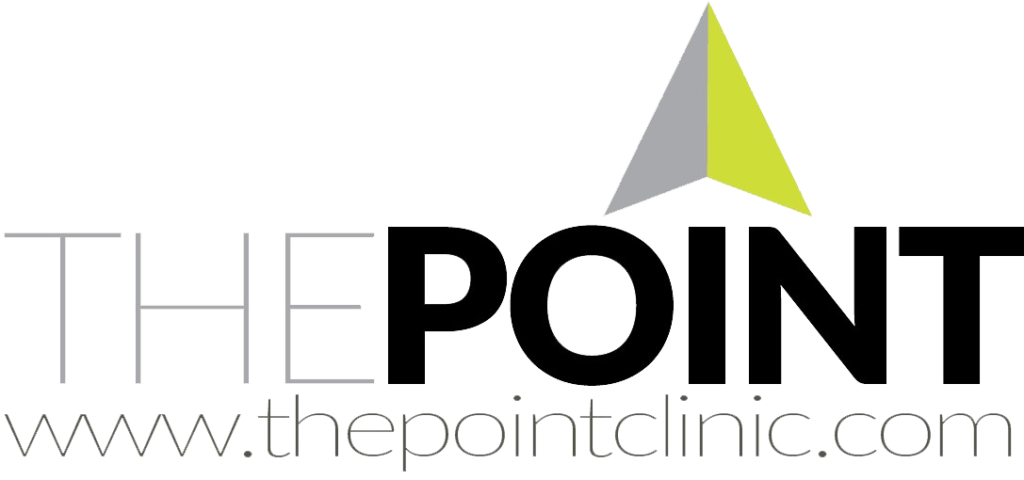![]()
Ear Wax Removal Colchester
Should I remove earwax?
Naturally, your body cleans your ears for you so no routine maintenance is required. However, if your body produces too much earwax, you may experience problems with your hearing. If this happens, it’s important to get it checked out right away to prevent further issues to your ear health.
How often should i have ear wax removal in Colchester?
There isn’t a set recommended frequency for earwax removal, as it depends on each individual case. Some people don’t require earwax removal very often, whereas others produce vast amounts of earwax at a faster rate. If you’re concerned about the amount of earwax you are producing, or would like to find out more about how often you should clean out your ears please contact us.
How does microsuction work?
When you attend a microsuction appointment at The Point Clinic, we will first go through a list of medical questions with you. This is to understand whether there are any medical reasons why microsuction might not be right for you. The practitioner will outline any risks to having the procedure performed before checking that you are happy to proceed.
The practitioner will then have a look in your ears using an otoscope, which is a magnification tool with a light on it. This allows us to ensure the wax in your ears is soft enough to be removed using microsuction.
If the wax is soft, the clinician will gently insert the suction tube and probe into your ear to remove the wax.
If the wax is too hard to remove, we will advise you to use wax softening drops such as olive oil or sodium bicarbonate before booking you in for a second appointment to remove the wax. Please ensure you speak to a healthcare professional before using wax softening drops.
Can microsuction damage your ears?
The process is generally painless, but it can be noisy and, at times, a little uncomfortable. If at any point you feel discomfort or pain during the appointment, please make sure you let your practitioner know.
Depending on the amount of wax in your ears, you might find that things sound a little different once the wax has been removed. You might also notice a small amount of ringing or buzzing in your ears, but this should settle down after a couple of days.
What to expect at your ear wax removal in Colchester appointment
Rest assured that our specially trained practitioner will use the safest method of wax removal to help you hear again.
Your wax removal appointment will take around 15 minutes for both ears, in more complicated cases this can take longer.
After asking a few questions to get a better understanding of the health of your ears, our practitioner will examine your ear canals and ear drums by using an otoscope (magnifier with a light). They will record this information to help keep track of any changes in your ear over time.
We’ll then talk you through the procedure and show you the equipment that will be used and explain how it works. You’ll need to sign a consent form before we remove any wax from your ears.
Once you are happy to go ahead, our clinician will use a magnifier and suction tube to gently remove any wax that’s in your ear.
After our clinician has performed the procedure, they will then check the health of your ears and record this information.
If we are unsuccessful in removing any wax, we’ll advise you on your next steps.

